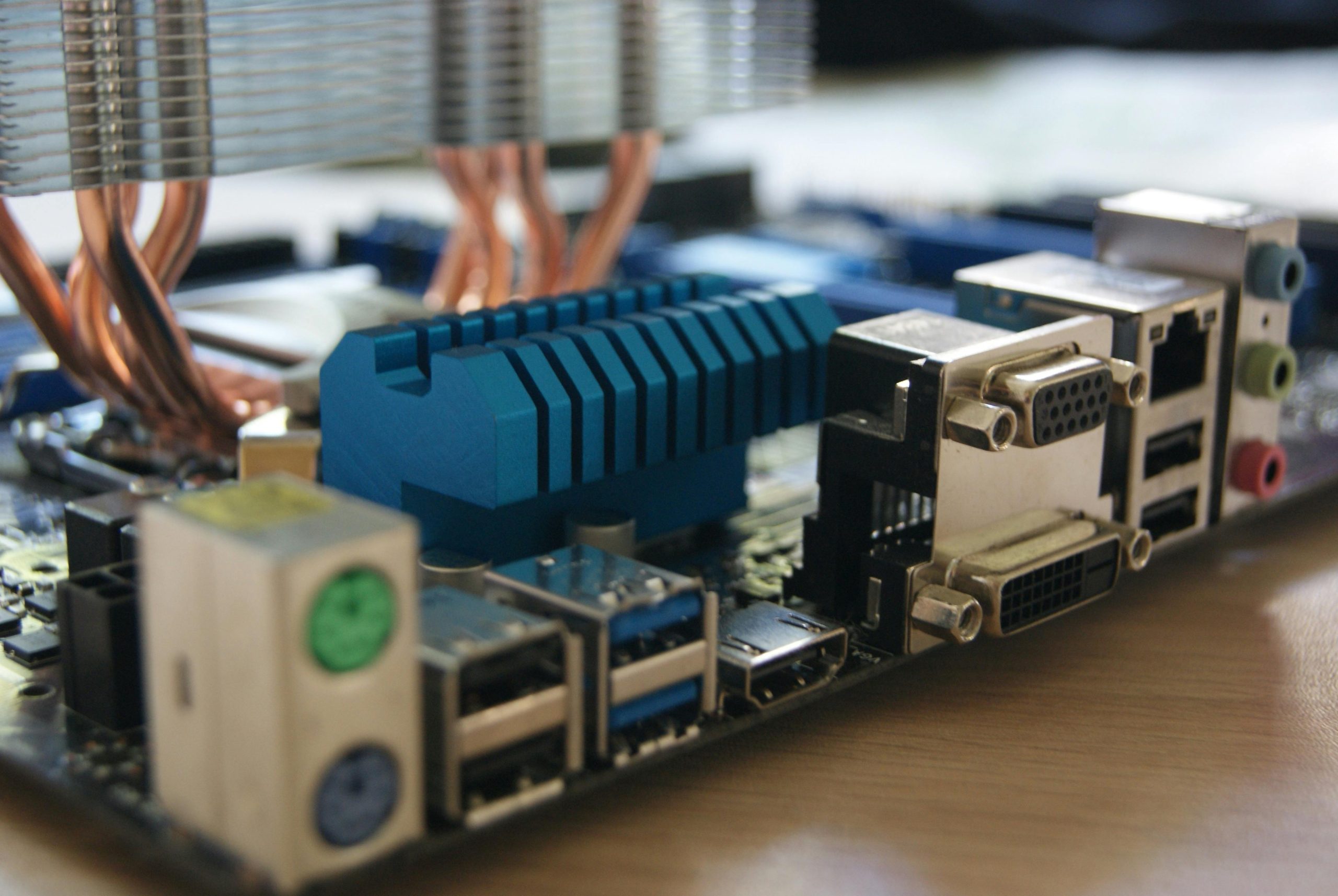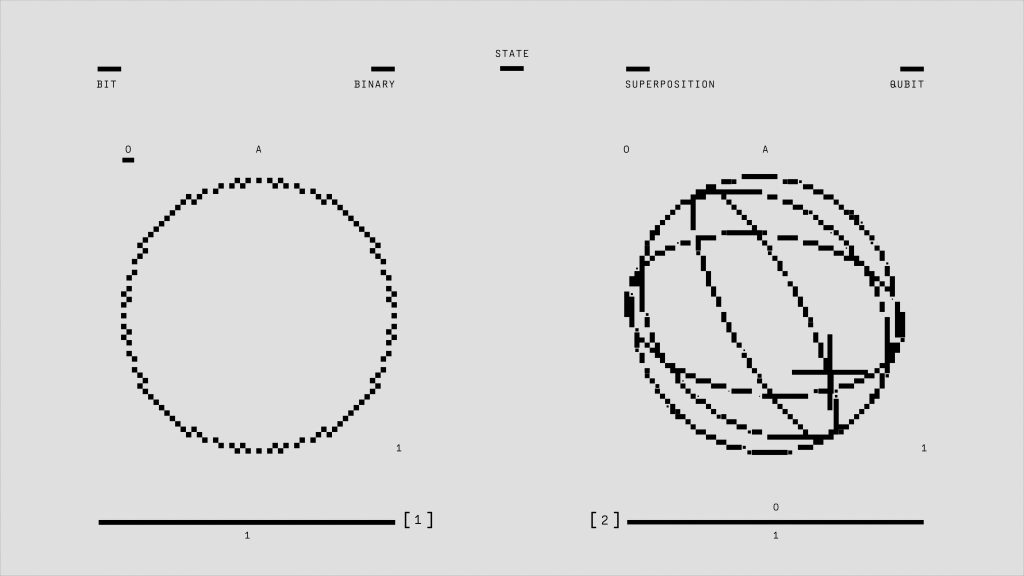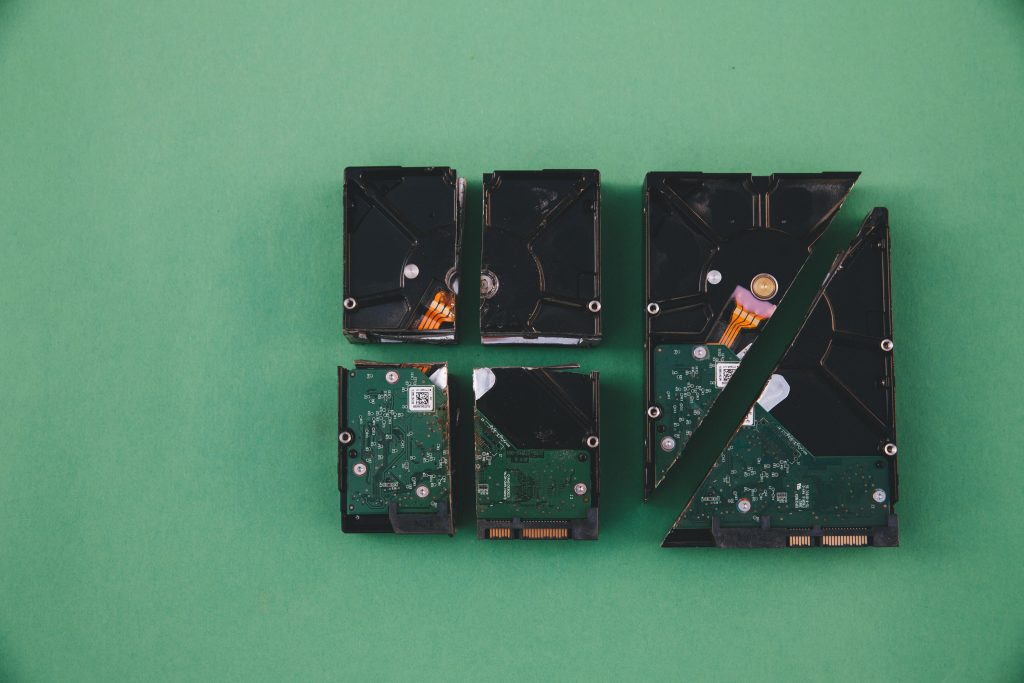Unlocking Potential: Creative Uses for Free Hard Drives
Recently, I came across a treasure trove of technology—six identical server hard drives, each with the same specifications and capacity. While many might see this as a simple stroke of luck, I find myself pondering what innovative projects I can undertake with these unexpected assets.
Exploring Your Options
With these hard drives at my disposal, the possibilities are plentiful. Although I already have a well-functioning server that meets my daily needs, I can’t help but consider alternative and creative applications for these drives. Here are a few ideas that might inspire fellow tech enthusiasts:
1. Build a NAS (Network Attached Storage)
Transforming these drives into a NAS could be a game-changer for data storage at home. A NAS setup can centralize media files, backups, and important documents, making them accessible from any device on your network. Not only would it be functional, but it could also serve as a fun project to learn about RAID configurations and network management.
2. Create a Testing Environment
For those interested in development, setting up a testing or staging environment can be beneficial. You could install various operating systems, experiment with different software, or even simulate server environments for development and testing purposes. This approach not only enhances your skills but prepares you for real-world scenarios.
3. Explore Retro Computing
If you have a passion for the past, consider using the drives to assemble an old-school server. This could be an educational venture into how early servers functioned, allowing you to rediscover the foundations of modern computing. Plus, it could spark fascinating conversations with fellow tech enthusiasts.
4. Home Lab Experimentation
Setting up a home lab is a fantastic way to experiment with various configurations. You could explore virtualization, play around with container technologies, or delve into network management. This environment could significantly enhance your technical skills and provide hands-on experience with innovative solutions.
5. Donation or Community Project
If you’re not inclined to keep the drives, consider donating them. Many schools, nonprofits, or community initiatives could benefit from updated hardware, particularly those looking to teach tech literacy or support digital projects. Sharing resources not only helps others but also contributes to the broader community.
Conclusion
Receiving six identical server hard drives opens a realm of opportunities for exploration and innovation. Whether you choose to build a NAS, set up a testing environment, or embark on a retro computing adventure, the
Share this content:




Response:
It’s great to see your enthusiasm for the hard drives! Here are a few additional insights and suggestions to consider as you explore the various uses:
1. RAID Configurations
When building your NAS, don’t overlook the importance of RAID (Redundant Array of Independent Disks) configurations. Consider setting up RAID 1 for mirroring, which provides redundancy in case of a drive failure, or RAID 5 if you’re looking to optimize space and performance while still having some redundancy.
2. Drive Health Monitoring
Regardless of the project, it’s crucial to monitor the health of your drives. Tools like GSmartControl or smartmontools can help provide SMART data and drive health indicators to ensure you’re using reliable hardware.
3. Virtualization Platforms
If you decide on a home lab, consider utilizing virtualization platforms such as VMware Workstation or
Hi, it’s great to hear about your collection of hard drives! If you’re considering repurposing them, here are some additional tips that might help: